Ancient Fa Sun Yemeni Mocha Matali Coffee | taste the mocha flavor of Nirvana in the flames of war
Professional coffee knowledge exchange more coffee bean information please follow the coffee workshop (Wechat official account cafe_style)
Yemen Mocha Mattari
Yemeni Moka Matali
Yemen Mocha Mattari Yemeni Moka
Country countries: Yemen Yemen
Region Origin:: Matali Mattari
Altitude altitude: 1300-1900m
Varietal varieties: Typica, Bourbon tin pickup, bourbon
Process treatment: Natural / Sundried sun treatment
| 01 | production area profile |
* History of Yemeni coffee *
Yemen is famous for its frankincense or spice trade and is the first place of origin in the world to grow coffee mochas.
If you follow before, this is also the place where Noah built the ark in the Bible.
Legend has it that the legendary queen, the territory of Sheba, who went to Jerusalem with gold, spices and large envoys 3000 years ago to find King Solomon and gave birth to a son. (it is rumored that this son is the first king of Ethiopia.)
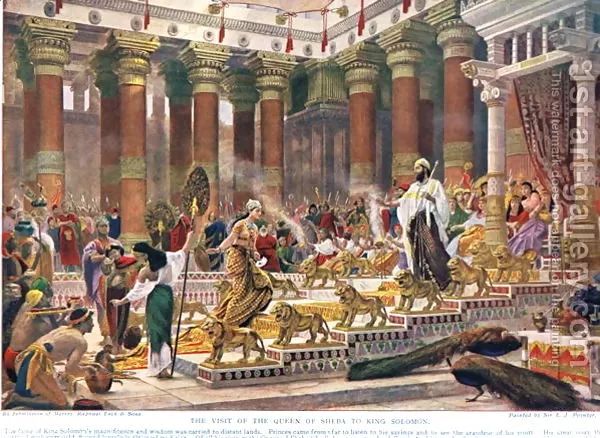
In any case, perhaps because of the history since ancient times, it is said that the people in this land still have high self-esteem and are extremely independent.
Yemen, which retained its way of life thousands of years ago, is said to be out of reach of the central government in many places. Ethiopia, across the sea from Yemen, also sells coffee through the port of Mocha, so Ethiopian sun-treated coffee is often referred to as mocha (such as Harald ETHIOPIA Harra Mokka, Ethiopia). Yemeni mocha is the originator of the world coffee trade. It plays an important role in promoting delicious coffee to Yemen all over the world. It is called "Arabica Coffee (Arabia)", which is the origin of the name "Arabica Origin".
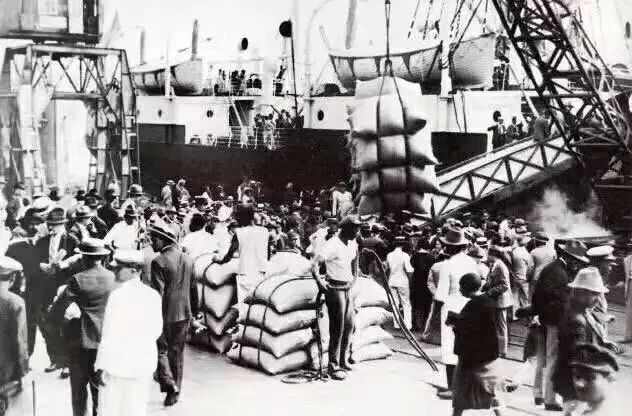
It is said that the place where Europeans imported coffee for the first time in the 17th century and spread to the world was the world's largest coffee port, the port of Mocha.
Compared with its previous reputation, the "port of Mocha" has failed to prosper and has become a historic port with only white beaches.
Even so, it is still in the name of coffee, "rising all over the world".
Although Ethiopia was the first country in the world to discover coffee, the first country in the world to mass-produce coffee as a crop was Yemen. At the beginning of the 17th century, the first Yemeni coffee was exported to Europe through the ancient small port of Mocha, which surprised Europeans, because all exported coffee sacks had to be marked with MOCHA to prove that they were transported from Mocha. So Europeans call the delicious coffee shipped from the port of Mocha "mocha coffee", which is why mocha became synonymous with coffee in the early days.
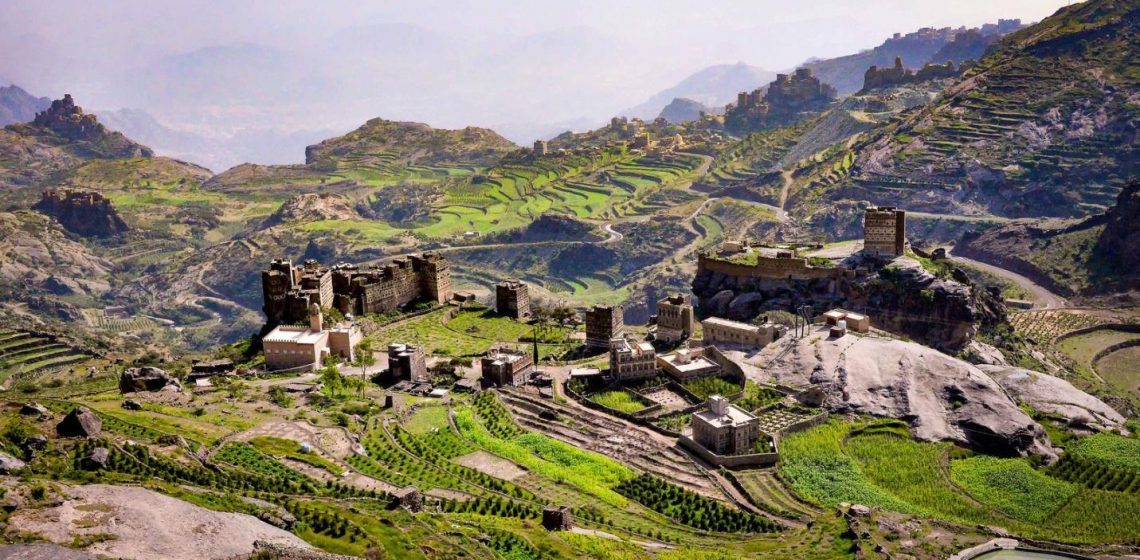
Mokhtar Alkhanshali
Because of the discovery of an Islamic scholar, Yemeni coffee began in the 16th century and became the only source of coffee supply in the world in the following 150 years.
However, with the subsequent large-scale cultivation of coffee around the world, Yemeni coffee has not been immune from the so-called "development trend"; now that Yemeni Coffee has once again reached the top of boutique coffee, it has to be mentioned-Mokhtar Alkhanshali.
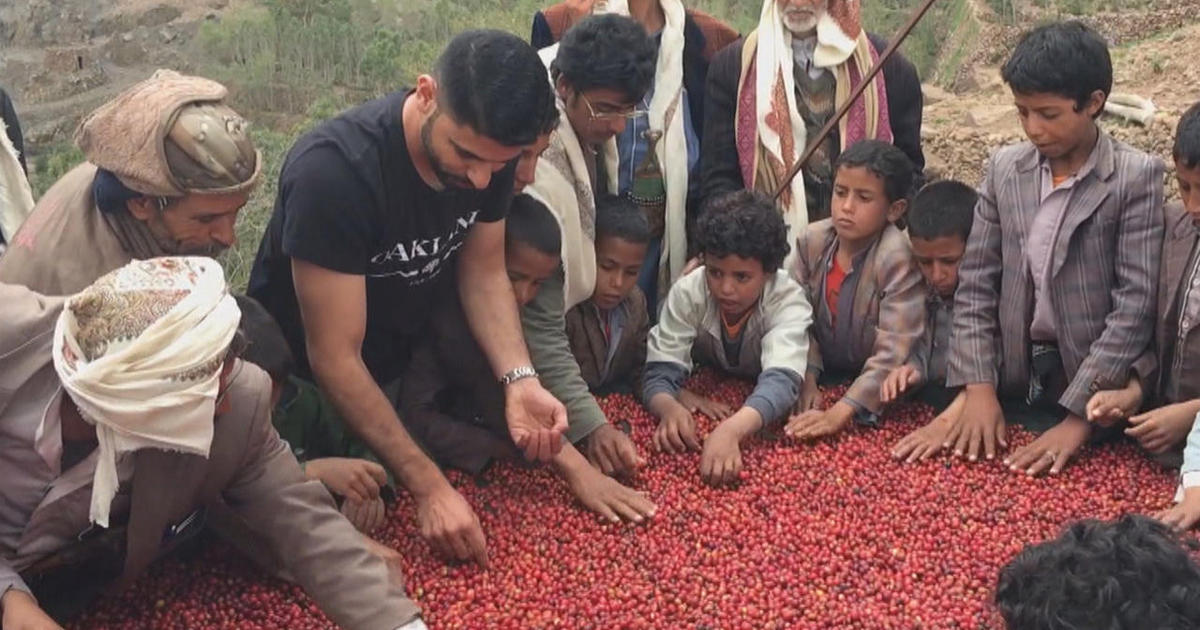
A Yemeni-American, the "change" of coffee originated from a single cup of hand-made. It was from then that he entered the coffee industry, learned professional coffee knowledge, traveled to various producing areas in Yemen, and created a "Motta model" suitable for coffee cultivation and management in Yemen. and for the heart of the near-perfect flavor standards are constantly demanding.
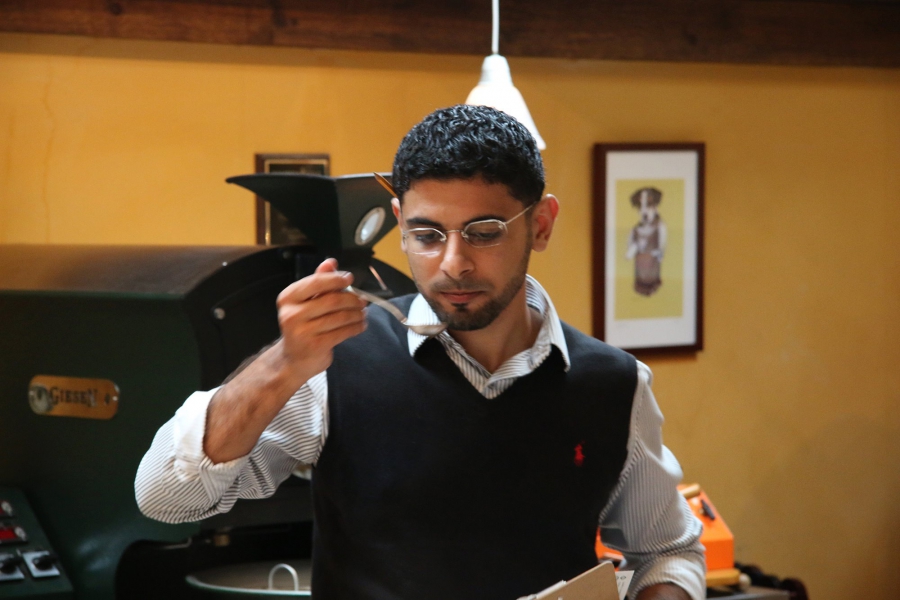
Just when he thought he could finally share this rare flavor with the world, the civil war broke out in Yemen, the whole country was shrouded in war and traffic was blocked. In order not to let the flavor go up in flames, Mokhtar turned around and finally boarded the United States on the other side of the ocean with beans.
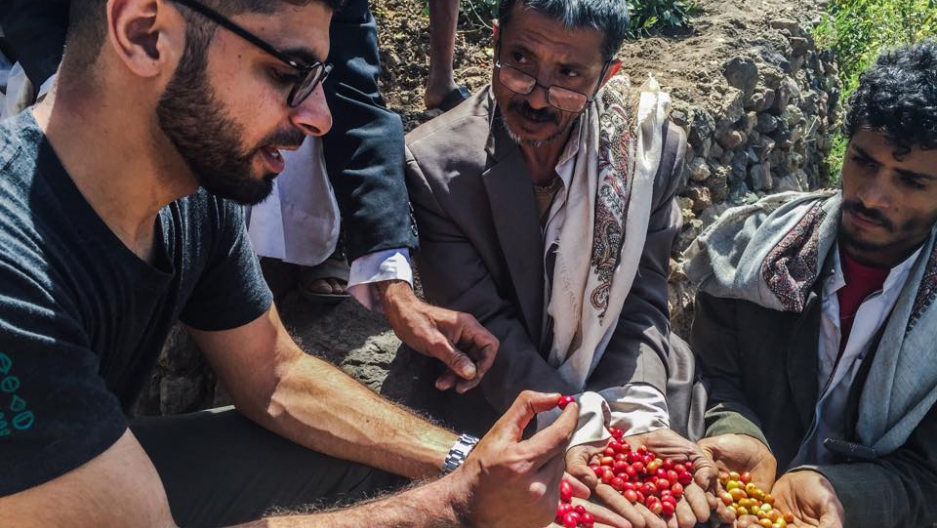
This sudden war and "accident" not only did not cover up its flavor, but also blessed more legendary beans in the Yemeni port of Moka. Beans from the Yemeni port of Mocha also speak with flavor, ranking first in COFFEE REVIEW's annual list of coffee beans with a score of 97 in the top 30.
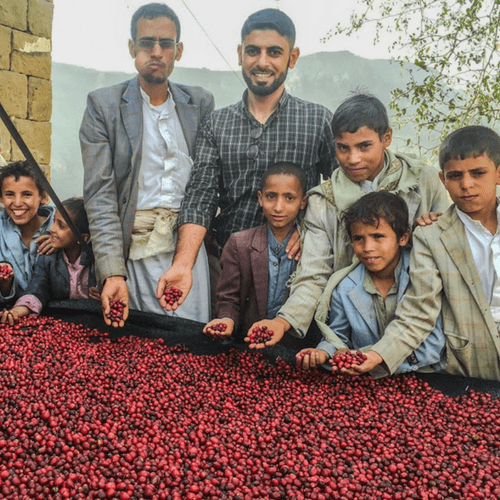
02 | processing method
Ancient method of solarization
Yemen is a classic of the ancient morning taste of the sun, and it is also the only producer of full-time coffee in the world. the traditional treatment of dripping water is illegal, and it has not changed since Europe became infatuated with game mocha in the 17th century. This is related to the extremely dry climate in Shumen, where coffee is mainly grown in the central highlands, with an average annual rainfall of only 400 to 750 millimeters, much lower than the best rainfall of 1500 to 2000 millimeters in Arabica.
Yemeni coffee grows in steep terrain with little rainfall, poor land and insufficient sunshine. This unique and difficult condition is unfavorable to coffee growth, but it has given birth to the Yemeni mocha that can not be replaced by the coffee world. The main coffee producing areas are Sanani, Matari and Ismaili.
Matali production area is located in the highlands to the west of the capital, at an altitude of 2000 to 2400 meters above sea level, which is the highest in Yemen, but it is the most remote and inconvenient transportation, which often takes some time for farmers to transport after harvest.
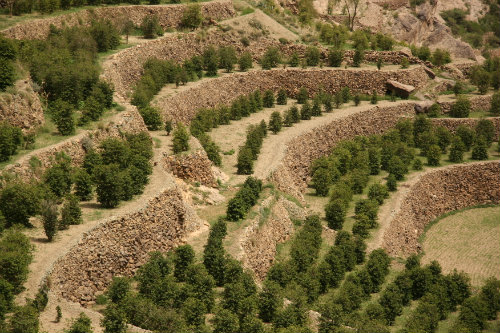
Due to the lack of water environment, farmers have been unable to introduce more advanced washing methods, wild flavor is better than Hara coffee, so Yemen has become the best choice to experience the ancient early taste.
The highlands of central Yemen are hilly and rugged. Most small farmers use the planting method of breaking up into parts. Several plants are planted on steep slopes and dozens of plants are planted on terraces or cliffs, each with different soil and water and micro-climate, so the fragrance composition is also different.
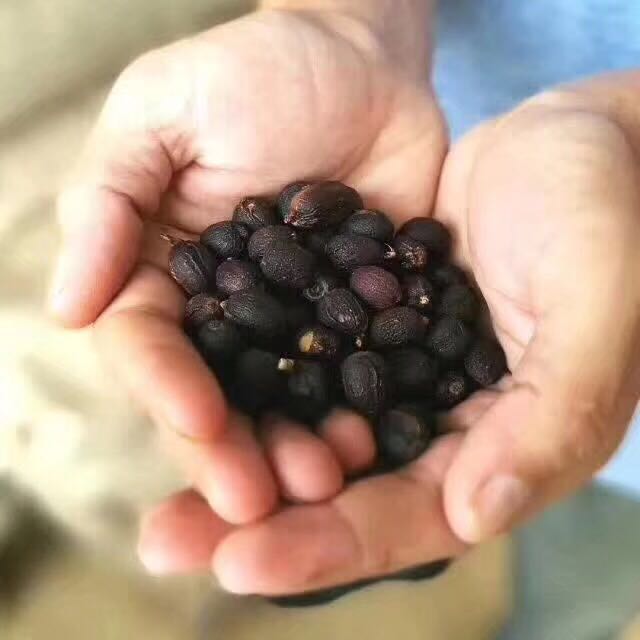
The sun treatment of Yemeni farmers is rougher than that of Ethiopia and is spread directly on the roof to dry! This is different from the exquisite sun in which Ye Jia Xuefei or Sidamo picks red fruit and lays it on the "elevated net bed", which is the main reason for the heavy game in Yemen.
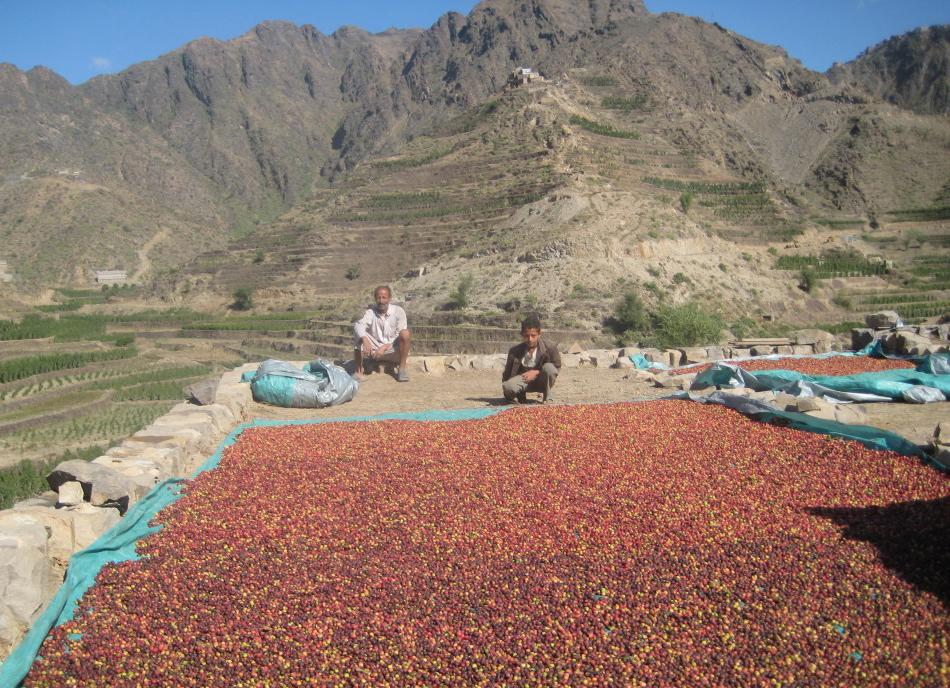
The natural sun treatment in Yemen is to manually harvest fully mature coffee beans and directly place the newly harvested coffee beans in a special coffee drying field or in their own compacted soil front yard to receive the sun. During the sun, you usually use a wooden rake to turn over to keep each bean evenly dried. After about 20 days of coffee drying, remove the outer pulp and peel from the coffee beans. Yemeni coffee is rich in flavor and complex. Wild, mellow, strong fermented taste and low acidity, coupled with the uncertainty of Yemeni coffee (the timing of rain in the season), it is no exaggeration to call it the most special coffee in the world.
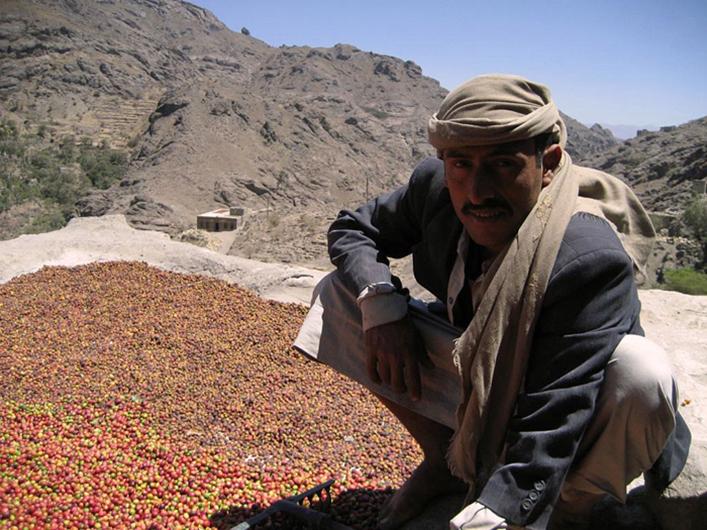
03 | Analysis of raw beans
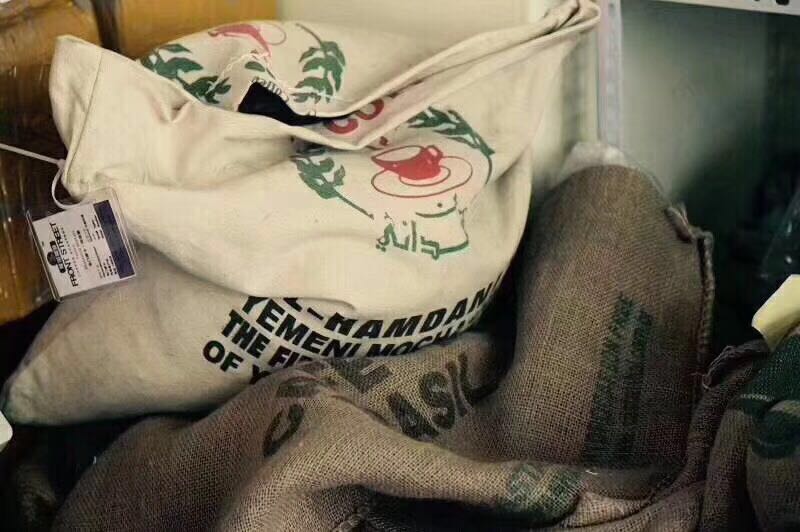
The grade of Mocha is: Sunani Sanani
Important Notice :
前街咖啡 FrontStreet Coffee has moved to new addredd:
FrontStreet Coffee Address: 315,Donghua East Road,GuangZhou
Tel:020 38364473
- Prev

Brazil Santeo / Shenmu Manor Sun Yellow bourbon hand-made Coffee experience how to raise Brazilian Shenmu
Professional coffee knowledge exchange more coffee bean information please follow the coffee workshop (Wechat official account cafe_style) Brazilian coffee hand-made course flavor essay: dry aroma from the rich almond, cinnamon, a little licorice, cloves of medicinal herbs sweet flavor. The whole has a clean and balanced drupe taste, creamy texture and smooth flavor of milk chocolate, even in the middle.
- Next

Indonesian Golden Lion Mantelin Organic Decaf Coffee Flavor How does it taste What is Mantelin's specialty
Professional coffee knowledge exchange More coffee bean information Please pay attention to coffee workshop (Weixin Official Accounts cafe_style) Organic low caffeine Sumatra semi-washing method, that is, wet peeling method, because of the relationship between the processing process, often produce many different flavors, such as woody flavor, soil flavor, musty flavor, spice flavor, etc., these flavors for most people, may not be non-non-
Related
- Detailed explanation of Jadeite planting Land in Panamanian Jadeite Manor introduction to the grading system of Jadeite competitive bidding, Red bid, Green bid and Rose Summer
- Story of Coffee planting in Brenka region of Costa Rica Stonehenge Manor anaerobic heavy honey treatment of flavor mouth
- What's on the barrel of Blue Mountain Coffee beans?
- Can American coffee also pull flowers? How to use hot American style to pull out a good-looking pattern?
- Can you make a cold extract with coffee beans? What is the right proportion for cold-extracted coffee formula?
- Indonesian PWN Gold Mandrine Coffee Origin Features Flavor How to Chong? Mandolin coffee is American.
- A brief introduction to the flavor characteristics of Brazilian yellow bourbon coffee beans
- What is the effect of different water quality on the flavor of cold-extracted coffee? What kind of water is best for brewing coffee?
- Why do you think of Rose Summer whenever you mention Panamanian coffee?
- Introduction to the characteristics of authentic blue mountain coffee bean producing areas? What is the CIB Coffee Authority in Jamaica?

